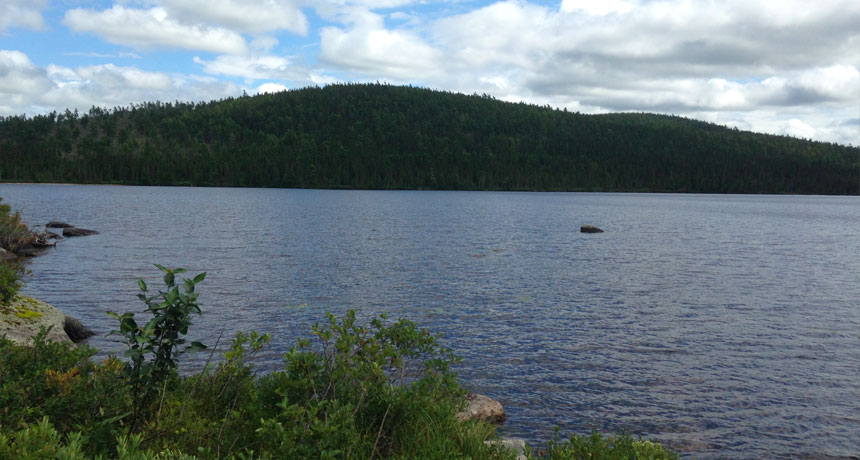Some Canadian lakes still store DDT in their mud
Sediment samples show the dangerous pesticide and its by-products have a long life

PERSISTENT POLLUTION The insecticide DDT, sprayed across North American forests 50 years ago, still lingers in the sediments of some lakes, such as Sinclair Lake in New Brunswick, Canada (pictured).
J. Kurek







